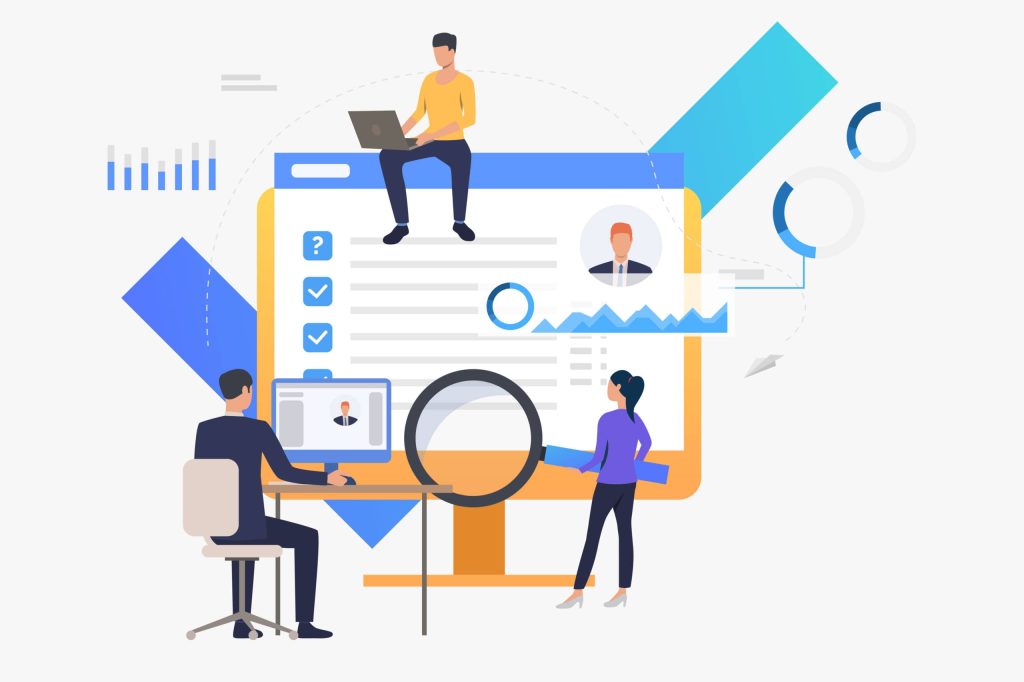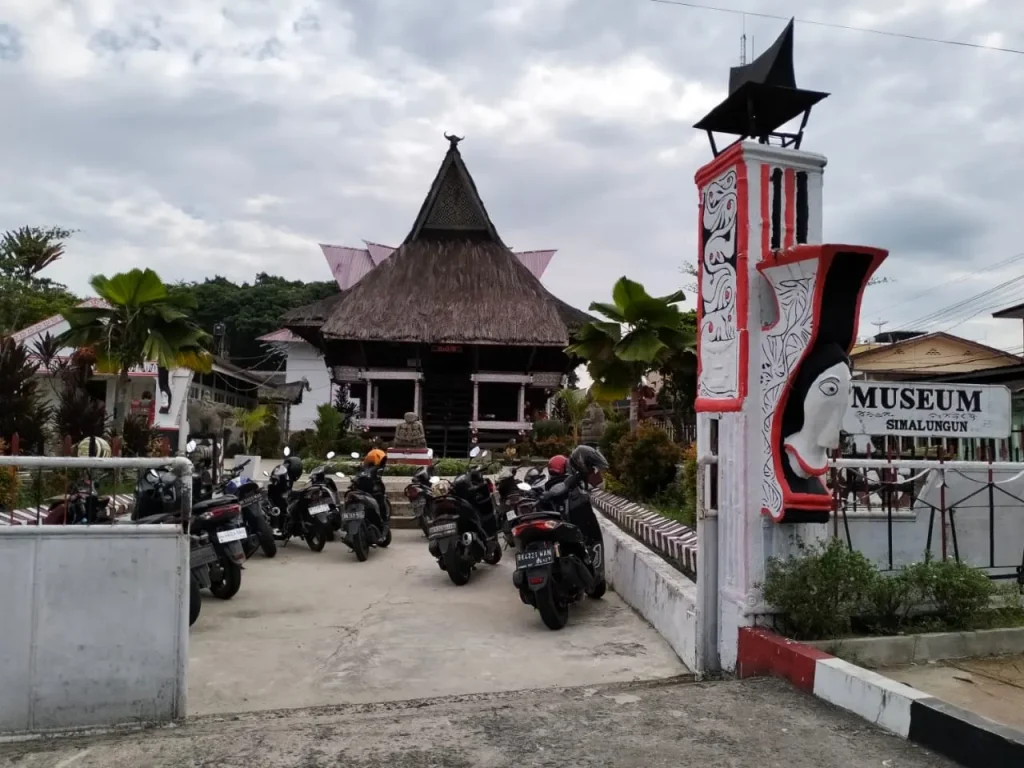JAKARTA, adminca.sch.id – Resource development is a crucial aspect of effective administration in any organization, particularly in educational institutions and non-profits. It involves the strategic creation, management, and utilization of knowledge assets that enhance operational efficiency and promote growth. This article explores the significance of resource development, the processes involved, and how to build knowledge assets that truly work for your organization.
The Importance of Resource Development

1. Enhancing Organizational Efficiency
Effective resource development streamlines processes and reduces redundancy. By identifying and developing key resources, organizations can improve workflow, minimize costs, and allocate time and energy more efficiently.
2. Supporting Strategic Goals
Resource development aligns with the strategic goals of an organization. By building knowledge assets that support these objectives, organizations can ensure that their efforts are focused and impactful, ultimately leading to better outcomes.
3. Fostering Innovation
A well-developed resource base encourages innovation. By providing access to diverse knowledge assets, organizations can inspire creative problem-solving and the development of new ideas, products, or services.
4. Strengthening Collaboration
Resource development promotes collaboration within and between departments. By creating shared knowledge assets, organizations can facilitate communication and teamwork, leading to enhanced productivity and improved results.
Key Elements of Effective Resource Development
1. Identifying Knowledge Assets
The first step in resource development is identifying the knowledge assets that are already present within the organization. This includes:
- Human Resources: Skills, expertise, and experiences of staff members.
- Technological Resources: Software, databases, and tools that support operations.
- Financial Resources: Budgets, grants, and funding opportunities.
- Intellectual Property: Research, patents, and proprietary information.
2. Assessing Needs and Gaps
Once knowledge assets are identified, organizations should assess their needs and gaps. This involves:
- Conducting a SWOT Analysis: Identifying strengths, weaknesses, opportunities, and threats related to current resources.
- Gathering Feedback: Engaging staff and stakeholders to understand their perspectives on existing resources and areas for improvement.
- Setting Priorities: Determining which resources are most critical to achieving organizational goals.
3. Developing and Implementing Strategies
With a clear understanding of needs and gaps, organizations can develop targeted strategies for resource development:
- Training and Development: Investing in staff training to enhance skills and knowledge.
- Technology Upgrades: Implementing new technologies or improving existing systems to enhance efficiency.
- Partnerships and Collaborations: Building relationships with external organizations or experts to access additional resources and knowledge.
4. Monitoring and Evaluating Impact
Effective resource development requires ongoing monitoring and evaluation to assess the impact of implemented strategies:
- Establishing Metrics: Defining key performance indicators (KPIs) to measure success.
- Collecting Data: Regularly gathering data on resource utilization, efficiency, and outcomes.
- Adjusting Strategies: Using evaluation results to refine and improve resource development efforts continually.
Best Practices for Resource Development
1. Foster a Culture of Continuous Learning
Encourage a culture that values continuous learning and knowledge sharing. This can be achieved through:
- Regular Training Sessions: Offering workshops and seminars to keep staff updated on best practices and new developments.
- Knowledge Sharing Platforms: Creating forums or online platforms where staff can share insights, resources, and experiences.
2. Leverage Technology
Utilize technology to enhance resource development efforts:
- Knowledge Management Systems: Implement systems that facilitate the storage, retrieval, and sharing of knowledge assets.
- Data Analytics Tools: Use analytics to track resource utilization and identify trends that can inform decision-making.
3. Engage Stakeholders
Involve stakeholders in the resource development process to ensure that their needs and perspectives are considered:
- Surveys and Feedback Mechanisms: Regularly solicit feedback from staff, students, and community members to inform resource development efforts.
- Collaboration Opportunities: Create opportunities for collaboration among different departments and external partners.
4. Celebrate Successes
Recognizing and celebrating achievements related to resource development can motivate staff and reinforce the importance of these efforts:
- Highlighting Success Stories: Share success stories within the organization to showcase the impact of effective resource development.
- Rewarding Contributions: Acknowledge and reward individuals or teams who contribute significantly to resource development initiatives.
Conclusion
Resource development is essential for building knowledge assets that truly work in administration. By enhancing organizational efficiency, supporting strategic goals, fostering innovation, and strengthening collaboration, effective resource development can lead to substantial improvements in performance and outcomes. By following best practices and engaging in continuous learning, organizations can create a robust foundation of knowledge assets that drive success and sustainability.
Improve Your Abilities: Explore Our content on Knowledge
Take a Look at Our Latest Article on Workshops and Seminars: Expanding Knowledge in Administration!



